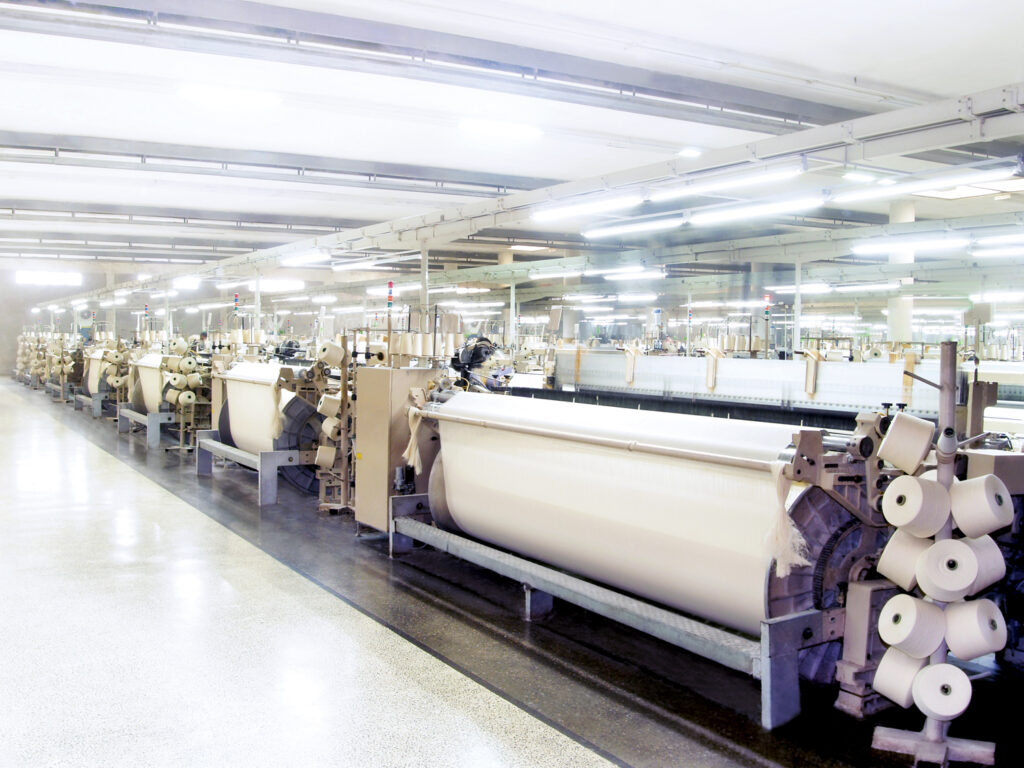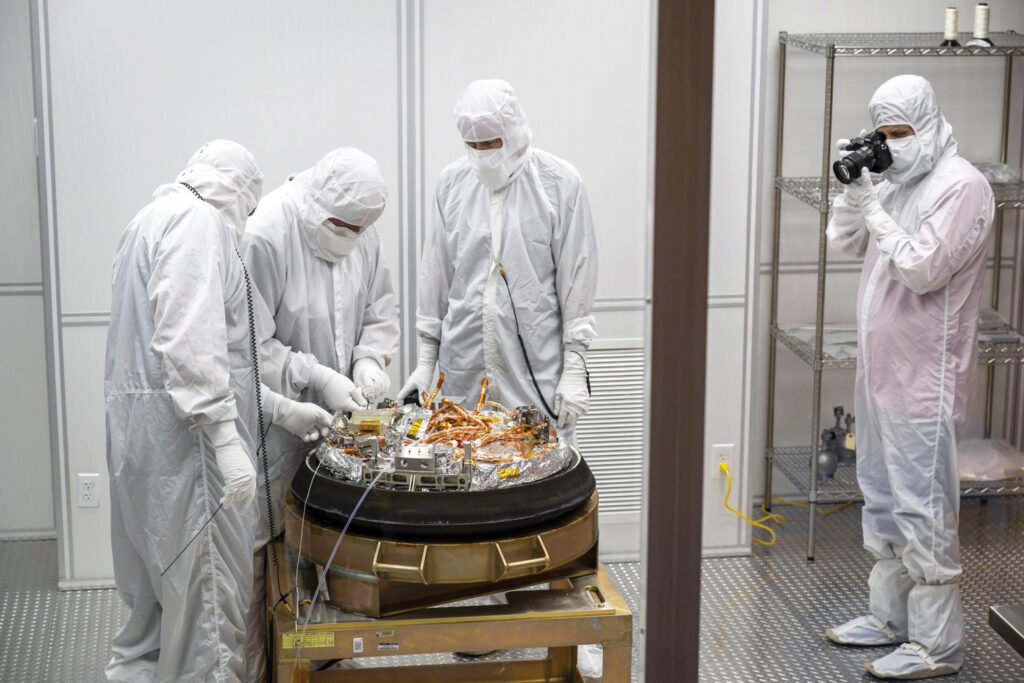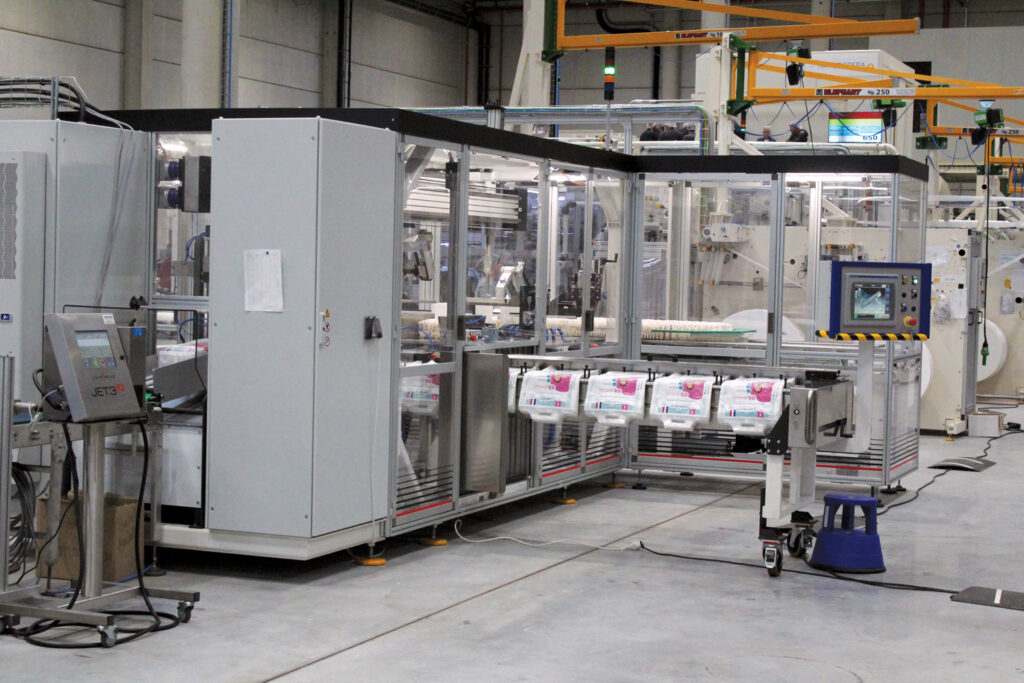
Since the pandemic, the world economy has been full of anomalies. With a strong labor market, one normally expects higher demand in daily nonessentials such as clothing, home textiles and home accessories; the financial reports of major retailers, such as Walmart Inc. and Canadian retailer Loblaw Companies Ltd., show that year-on-year sales have increased. But an analysis of the reports reveals an interesting picture: The increase in revenue has been primarily due to food items, which have been severely affected by inflation.
Inflation in developed economies and the onslaught of deflation in China are having an impact on the textile industry, particularly in export-oriented countries such as India and Bangladesh. Neither is the textile industry in developed nations immune to harsh economic realities. As such, the global textile sector has been examining ways to shield itself in the future from such demand fluctuations, price volatilities, climate change scenarios, growing regulations and environmental influences as well as labor shortages, skills issues and costs.

Market opportunities
The global economy is focused on industrial, hygiene and medical products, with the supply chain predominantly domestically located. In apparel, activewear and sportwear markets, major brands such as Nike®, Under Armour® and adidas® have become household names due to functionality, comfort and quality. In this segment, however, the entire supply chain may not be domestically located. Trade or regulatory barriers in some countries make for the strong possibility that there will be other, preferred sourcing destinations; however, functional enhancement and finishing aspects are usually carried out within the boundaries of respective nations.
While it is no secret that building and developing new industries—while enhancing the efficiencies of existing ones—can boost the economy, it is important to act strategically.
It makes no economic sense, for example, to pump millions of dollars into a sector that may not have comparative and competitive advantages against low-wage countries. In the globalized “flat world,” nations have to carefully invest and spend their resources in different segments of the manufacturing sector that offer economic advantages and tackle necessities.
The U.S. has a competitive advantage in terms of research-intensive and high-end export-oriented segments, such as defense, aerospace, health and infrastructure. Many different textile products find applications in these sectors. Additionally, even in commodity products, where brand identity and quality occupy high priority, opportunities are there for growth
and expansion.
Areas that offer promise for domestic manufacturing—and that are not affected by imports from cost-competitive countries—include sustainable processing methods exploring alternatives to per- and polyfluoroalkyl compounds (PFAS); custom clothing designed for special needs, such as for children on the autism spectrum and for elderly people with disabilities; next-generation fibrous substrates as chemical, biological and radiological countermeasures; and adsorptive products for fentanyl and other addictive compounds.
Investments in green products and energy offer tremendous opportunities. The industry needs to focus on cost-and-quality-conscious textile products for single-use and durable applications. There are plenty of opportunities for domestic investments in textile products that cater to health care, hygiene, defense, homeland security and the energy storage sectors.

U.S. government manufacturing initiatives
It has been more than a year since the Inflation Reduction Act in the U.S. became law. It was aimed at manufacturing growth, promoting cleaner energy and combating climate change. While the focus is on clean energy-related sectors (such as solar) and electric vehicles, peripherally there are opportunities for advanced textiles. Lightweight automobiles use fiber and other soft composites, battery separators, and filters, which are made using fibrous substrates. Given the stringent quality requirements and the need for coordinated supply, original equipment manufacturers (OEMs) prefer domestic suppliers, which give them better control over cost and quality.
Another important aspect of this law is the goal to reduce greenhouse gas emissions by about 1 billion tons by 2030. Fiber-based products can play important roles in buildings’ energy efficiency by providing thermal insulation and the ability to adapt to changes in temperature. Glass fiber mats, soft composites and natural fiber-based textile materials can find renewed and advanced applications in a variety of infrastructure projects. Companies in these segments can take advantage of incentives from the federal government by highlighting their products’ contributions in energy savings as well as sustainable and agile manufacturing.
Consumers who invest in energy-efficient solutions can obtain up to 30% of the cost of insulation, up to a maximum of $1,200 per year in total expenses in tax credits. Industry and trade associations can support this by helping businesses advise end customers regarding government incentives, as part of their marketing strategies.
In the U.S., the Department of Defense has a major initiative to advance national security and manufacturing. Among the high-priority areas for research and investments in the Manufacturing Technology (ManTech) program that are applicable to fiber-to-fashion segments are biotechnology, advanced materials, and renewable energy generation and utilization.
It is good to report that advanced economies, which have a reputation for neglecting it, are now serious about boosting their manufacturing. The fiscal year (FY) 2022 funding for the ManTech program totaled about $695.9 million with congressional add-ons. Congressional leaders have understood the need for such initiatives and nearly doubled the presidential request in FY 2022 funding. For FY 2023, the request for ManTech is about $502 million, which is again a steep increase from the previous year’s proposed budget from President Joe Biden.

Indian government initiatives
The U.S. government is not alone in offering initiatives. Other nations, such as India, are supporting programs to boost the use of green energy in textile manufacturing. Industries in India that have installed wind power to offset soaring power costs are saving enough to keep them operational. Aruppukkottai, India-based Jayalakshmi Textiles Pvt. Ltd. has invested in windmills for power generation, which has enabled it to offset energy bill hikes and maintain its operational efficiency without mill closures.
“With reduced demand, conventional textile industries like spinning and knitting have been hard hit due to lower demand; high energy and raw material prices; and more importantly, price volatility in natural fibers. Staying energy efficient, practicing product diversification and reducing the margins have helped our industry to sustain,” says Velmurugan Shanmugam, general manager. The company operates a 70,000-spindle cotton spinning mill in South India.
Over the past two decades, India and China have realized the need to diversify their textile sectors, which have been focusing on export markets for growth. In India, there have been several projects launched at the central government level, such as Production-Linked Incentives and the National Technical Textile Mission. Technical textiles and nonwovens are seen as promising sectors for growth in the textile industry.
In 2008, I had the privilege of introducing the Advanced Textiles Association (ATA, then IFAI) to a wider audience in India at a major advanced textiles event in Coimbatore, and a representative of the association visited India for the event. The participation by the senior staff of ATA stressed the importance of international collaboration and the advantages of growing the advanced textiles sector, which has had a long-term impact.
Since the mid-2000s, many educational workshops have been held as collaborative efforts between the U.S. and India, with patronage from the government of India. These initiatives have resulted in major investments involving multinational collaborations with domestic entities. High-speed spunmelt and spunlace machinery investments have been made, which have helped India to supply multinational brands and export roll goods to the U.S. and Europe. Investments were supported by government programs aimed at boosting domestic manufacturing in both domestic and export markets.
Industry strategies going forward
In addition, the industry needs to have good outreach efforts through its advocacy groups, such as ATA and local chambers of commerce. Another means to boost domestic manufacturing is to explore new products and applications through active collaborations with academia and research laboratories, such as the National Renewable Energy Laboratory, the U.S. Department of Agriculture regional research centers (in particular, the Southern Regional Research Center) and various U.S. military research facilities.
The advanced textile sectors of the industry should not only focus on domestic markets but also explore less exploited markets, such as countries in the Middle East and South Pacific. All these initiatives need proactive and effective outreach and engagement with policymakers, academia and international trade bodies. However, domestic investments in advanced textiles are also viable and offer good growth opportunities.
Dr. Seshadri Ramkumar, Ph.D., is a professor in the Department of Environmental Toxicology at Texas Tech University, Lubbock.
 TEXTILES.ORG
TEXTILES.ORG


